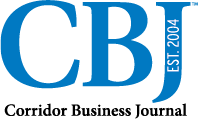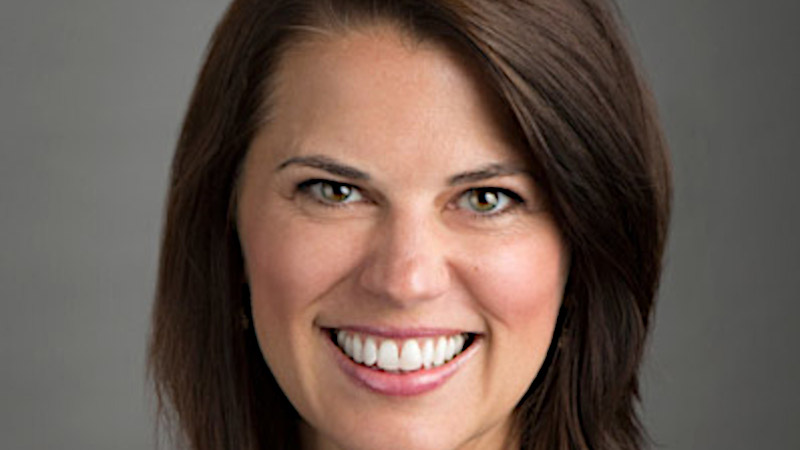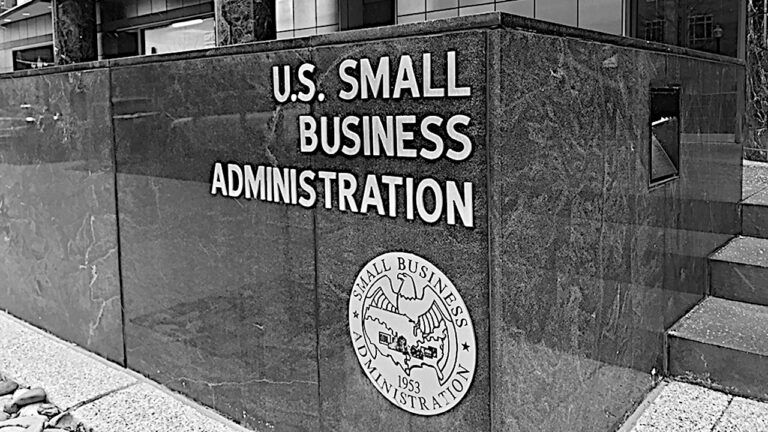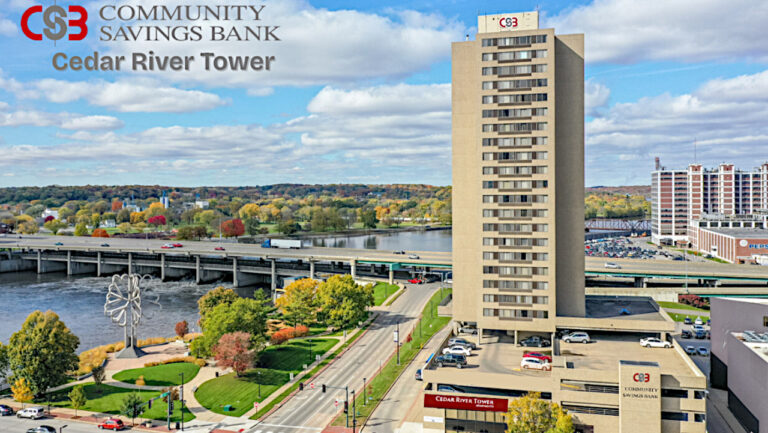The newly-hired talent attraction director for the Cedar Rapids Metro Economic Alliance is reaching out to the cities participating in the two-year-old Collaborative Growth Initiative, seeking funding for a pair of new efforts to propel the initiative forward.
Jodi Schafer, who was named to her talent attraction role in December and began work in January, addressed the Cedar Rapids City Council at their meeting June 24, providing an update on the progress of the growth initiative, which was formally launched by the mayors of Cedar Rapids, Marion and Hiawatha, along with the Cedar Rapids Metro Economic Alliance (CRMEA), in August 2023.
The campaign is focused on growing the region’s workforce pool.
The four partnering organizations contracted with Development Counsellors International (DCI) to lead the new initiative, splitting the estimated $115,000 contract costs on a proportional basis.
DCI has been spearheading the first phase of the initiative, which has focused on gathering data from the metro area, describing national workforce trends, assessing local market strengths and identifying key markets to target with workforce recruitment efforts.
Ms. Schafer told the Cedar Rapids council she’s now planning a two-pronged approach to drawing new workers to Cedar Rapids – a “town attraction” website, which is planned for launch by the end of 2025, and a campaign designed to convince remote workers to relocate to the greater Cedar Rapids area.
She said the new website is intended for local employers to have “somewhere they can send people that are looking for opportunities at their organization, or anybody who’s looking at the area just to generally relocate.”
The new site will be “a place for those people to go, find resources, find housing, find all the information that they need to move,” she said. “We hear from employers that this is a challenge because they don’t have the community resources that they always need to present to their candidate. They also want to showcase their jobs, and they don’t have a common place, besides Indeed and some of those spaces, for greater Cedar Rapids to showcase their opportunities. So this gets them front and center in front of candidates that are looking at our area.”
Temote worker campaigns have been launched in several other areas, Ms. Schafer said, including Tulsa Remote and a state-funded program encompassing several communities in Indiana that has drawn an estimated 1,600 new workers and provided more than $63.5 million in economic development to the state since 2021.
The local campaign will initially seek to draw new 15 households to the area, Ms. Schafer said. “I know it sounds small,” she said, “but it’s a pretty significant boost economically.”
“This is the quick win,” she added. “These are people that can move within six months, coming to our area and contributing to our economy and to the tax base.”
Ms. Schafer said based on a combination of per capita and TIF special revenue factors, she’s asking the cities involved in the Collaborative Growth Initiative to provide proportional funding for the new efforts – $327,500 from Cedar Rapids, $87,000 from Marion and $21,600 from Hiawatha.
The funding amounts would be primarily for the first year, Ms. Schafer said.
“We’re looking at the cities contributing the majority of the funding, or all of the funding, along with the Economic Alliance,” she said. “The plan for this was because we need to show these wins so that we can fundraise (from private sources) … then what would happen is we go out and fundraise the rest of this year, and into fiscal year (20)27 and (20)28 you would see an inverse relationship. So then we would find most of the funding from private funding, and then the city funding would go down. There would still be a need for city funding in year two and three, just to show that commitment, but it would be an inverse relationship, so what you would be looking at is city funding would be most likely less than private fundraising.”
Ms. Schafer said there would also be an opportunity for the campaign to seek state grant funding. “They have not been willing to commit for this first year, but if you show successes, there might be opportunity there as well,” she said.
Ms. Schafer also said has gathered a workforce council of local employment, nonprofit and higher education leaders. The council was selected in April 2025 and has met twice so far. “These are individuals who are immersed in workforce issues,” she said, “and they are helping to answer some of the questions we need answered as we market this region.”
Ms. Schafer said she plans to approach the Marion and Hiawatha city councils in the coming weeks to seek their approvals for the new plan.









